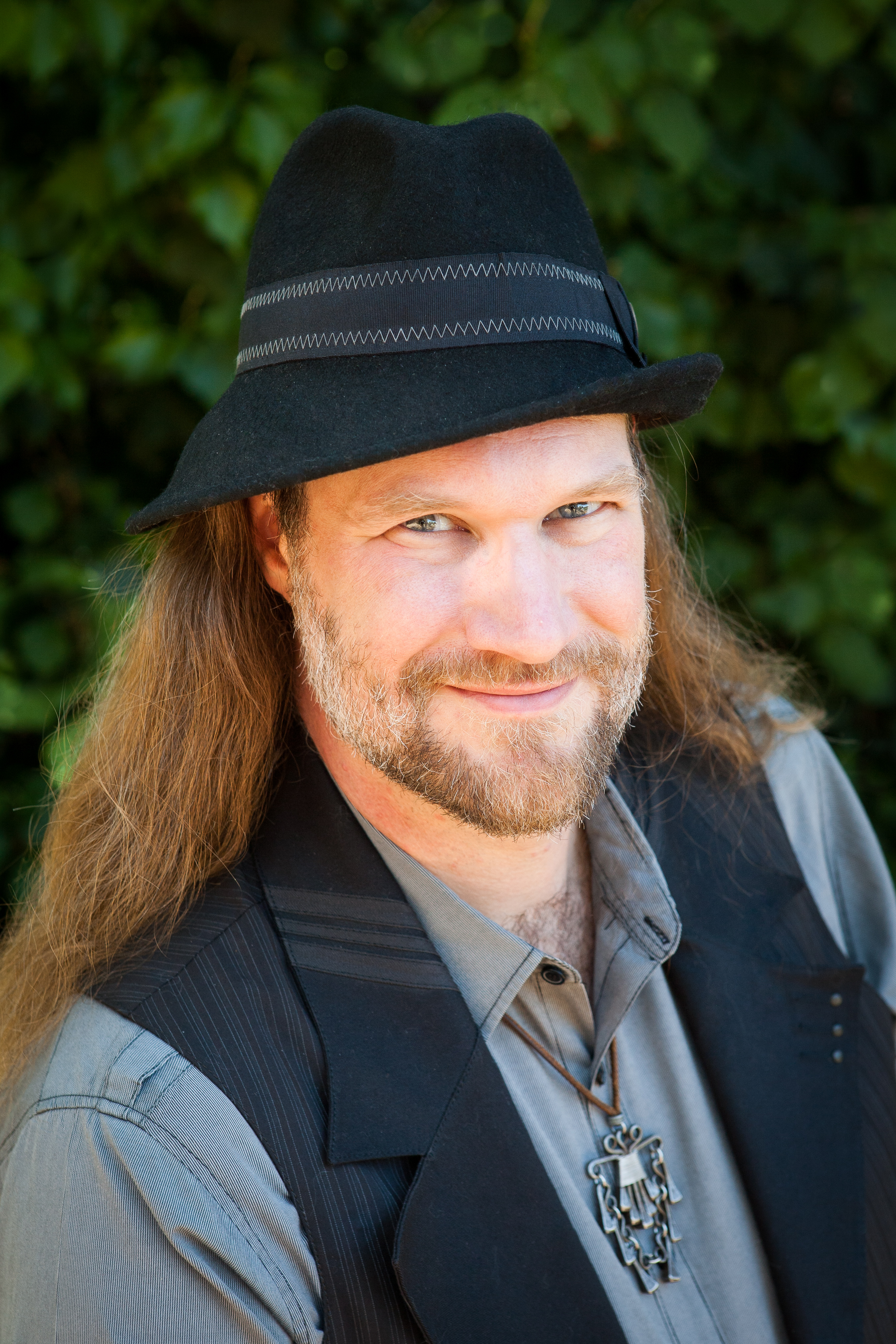Note: I have posted a video of a recent version of this talk (May 2012).
Greetings Readers!
Over the last number of months I have been giving an hour long presentation which has been *very* well received. My goal is to highlight exciting insights into how we humans function and help you understand yourself.
Below is the Abstract and below that you will find copies of the slides.
“What Can the Study of Human and Robotic Motion Teach Us About Our Brains and Bodies?”
Abstract:
There is a fundamental connection between understanding our daily human experience and researching robotics. This connection is Motion. Because our brains exist to coordinate motion, if we wish to understand how we think, feel, and relate to others, we should start by understanding how we move. Robotics is also fundamentally a science of Motion, spanning the range from motor controllers to advanced algorithms for world modeling and deciding where to move to. This talk will integrate lessons learned from many robotics systems (both NASA built robots and others), and emerging theories of human physiology and neuroscience to paint an integrated picture of how our brains and bodies work together to create coordinated actions in a messy dynamic world. In the process we will see that unlike computers, our brains are organized around timing, rhythm, and synchronization, and that human qualities like self-awareness may be the side effect of the computational requirements of intentional motion.Bio:
Vytas is a Senior Robotics Researcher in the Intelligent Robotics Group within the Intelligent Systems Division at NASA Ames Research Center. He is currently leading efforts within the group to develop new biologically inspired approaches to robotic systems which interact safely with humans and the environment. Recently, Vytas lead development and field-testing of the Footfall Planning Software, which enables operators to plan walking sequences over complex terrain for the ATHLETE family of six-legged lunar robots. Prior to that Vytas was the Manager of the ArmLab, where he investigated non-dexterous robotic manipulation of the environment.Vytas has been developing new robotic technologies and leading start-ups since he graduated from Stanford University in 1998. Most recently he took at 1.5-year break from NASA to be the CTO of Apisphere Inc, a Berkeley based startup that built a cloud-based system for delivering location triggered services to mobile devices. His first start-up in 1998 was Mobot Inc., which built fully autonomous robotic tour guides for museums — some of the first publicly, deployed social robots to autonomously interact with the public.
In parallel with his career in Robotics Research, Vytas has been a life-long student of human motion in many forms, including yoga, dance, martial arts, and (consequently) many forms of physical therapy.
Upcoming events where I will share this talk:
- July 12, 2011, Tech Academy of Silicon Valley, San Jose State University, CA
I’ve given this talk in the following Venues:
- February 3, 2011 – Department of Electrical & Computer Engineering Research Colloquium, University of Idaho
- April 8, 2011 – Yuri’s Night Education Day, NASA Ames Research Center, Mountain View, CA
- April 12, 2011 – Intelligent Systems Division, ASR Seminar, NASA Ames Research Center, Mountain View, CA
- April 13, 2011 – Santa Clara Valley IEEE Control Systems Society event in Sunnyvale, CA.
- April 26, 2011 – Human Systems Integration Division, NASA Ames Research Center, Mountain View, CA
- June 23, 2011 – Meeting of the Consciousness Working Group at the Institute of Noetic Sciences, Petaluma, CA
- July 2, 2011 – Priceless Art and Music Festival, Belden, CA
Please contact me if you would like me to present this at your own event. It is intended for the general public.




0 Responses
Stay in touch with the conversation, subscribe to the RSS feed for comments on this post.